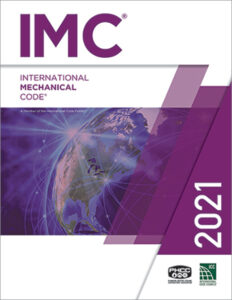
Code Corner: 2021 International Mechanical Code Chapter 12: Hydronic Piping
The International Codes® (I-Codes), developed by the International Code Council, are a family of fifteen coordinated, modern building safety codes that help ensure the design and construction of safe, sustainable and affordable structures.
The I-Codes are the most widely adopted set of model codes globally, implemented in all 50 U.S. states and many countries around the world.
The Building Safety Journal’s series, Code Corner, explores sections of the I-Codes each month, focusing on key elements of these essential codes. This month, we’re spotlighting Chapter 12 of the 2021 International Mechanical Code® (IMC): Hydronic Piping.

1201.2 Sizing
Chapter 12 of the IMC focuses on hydronic piping. Piping and piping system components for hydronic systems shall be sized for the demand of the system.
This section requires that the piping network for a hydronic system be sized for the flow volume it must conduct. System design is normally based on maximum flow velocity or pressure drop and the control of noise and erosion.
Where piping is undersized, velocity and pressure drop are excessive, and the system can be subjected to unacceptable amounts of stress and erosion. Noise in the piping system is dependent on velocity and is a result of turbulence, cavitation, release of entrained air and water hammer.
Erosion is the gradual wearing away of the piping inner walls as a result of flow friction, turbulence and entrained air bubbles or debris in the heat transfer medium. Erosion increases as the temperature of the fluid increases. Improperly sized piping can also cause inefficient system operation, loss of system capacity and poor or unsafe operation of boilers, heat exchangers, chillers, circulators and other system components.
To learn more about the IMC, click here. To stay updated on the latest PMG industry news, subscribe to the Code Council’s PMG newsletter here.








